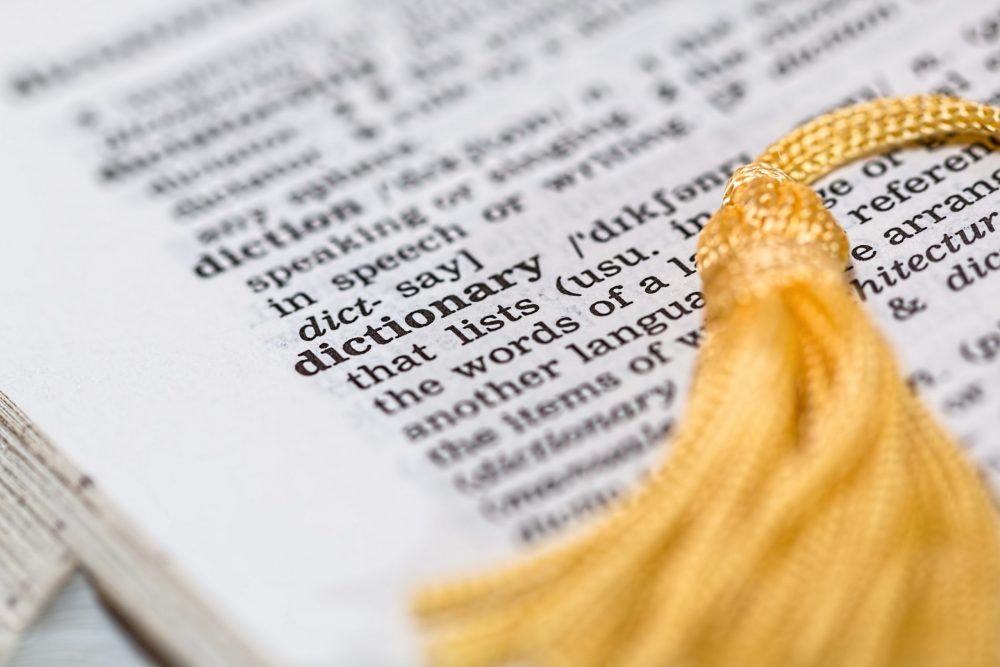Introduction to Chicago style research paper.
In 1937 Kate Turabian at the University of Chicago developed and created the Chicago Manual Style. It is also sometimes abbreviated CMS, CMOS or just Chicago. The main use is: writing research papers, theses and dissertations. She also gave name to another type of writing within the Chicago Style, the Turabian style. It differs in some aspects, where the Turabian style is more suited for college students writing class research papers, the Chicago Style of writing main target audience is academics and scholars. Writing articles, reports and books that will be published by a professional publisher or scholarly journal/magazine. It is the University of Chicago Press that maintains and publishes both of theses styles. In this text, our focus will be to describe the Chicago style in more detail.
Some main features of a Chicago Style research paper.
The Chicago style is highly adaptable and therefore also suitable for many different disciplines. Its sources are easily presented to the reader.
The main focus in writing a Chicago style research paper is that you don’t want to overcomplicate the presentation of specific and general sources. It should be done in an easy way so the audience understands. But at the same time, it should still maintain, the specific distinctions needed between the two.
The disciplines that use Chicago style often focus on names, dates and places. Traditionally, you find this style of writing common in the different subject areas within the humanities such as history, literature and arts. The technical and specific issues are of great importance; they outline the contrast and difference between general ideas on the one hand, and precise and specific evidence on the other. This is done without making the research paper looking disorganized and “messy”.
Chicago style research paper layout.
When writing a Chicago paper, one should not have any headings or subheadings. There is no point to writing a title at the top of the page since there is already a title page. The title is provided in all cap letters and also the authors/writers name, name of the class and when the paper is due without any page number. The title page in a Chicago paper should answer the questions of Who, What and When.
If the paper is extensive and needs to have several chapters, it is recommended to use a table of contents with major headings in all caps. Use the headings in the paper. Numbers are displayed with lower case Roman numerals. Most Chicago Style papers are written in third person, if not instructed otherwise. One should avoid using first person; that is I, Me and Our – and also second person (you) should be avoided. Use the third person language as a rule throughout the text (One may get the impression that…).
Technical characteristics of a Chicago Style research paper.
The paper should be written with 12-point, Times New Roman font. It should be double spaced. One inch margins on each side of the paper. And the first sentence of every new paragraph should be indented half an inch.
For citations either footnotes or endnotes are used, and not in text-citations. These are more common in other writing styles such as APA (American Psychological Association). APA is more common within social sciences, like psychology, sociology, anthropology and education.
For citations in a Chicago Style research paper, please observe the following;
- The number used when inserting a footnote, should be regular Arabic numerals. Meaning 1,2,3 etc, and the number must follow the period directly. Also use 10-point, Times New Roman, font and size for footnotes.
- Insertions of footnotes need to be done at the bottom of the page. Here you needs to write the information about the source.
- If however you are asked to do endnotes; inserting the number will take you to the last page of your paper, where all sources are listed.
- Footnotes and endnotes resemble bibliographic entries, with different formatting.
- With quotes that are maximum three lines long, use regular in-sentence quotation marks. For longer quotations, (normally eight lines or more in a Chicago paper), use block quotes.
- As previously mentioned, in a Chicago paper you will need to use a block quote when a direct quote is eight lines or longer. However, many supervisors and instructors ask for block quotes if there are more than four lines.
- As for block quotes; the sentence before a block quote has to end with a colon. Leave one space between the sentence and the quote itself. A block quote needs to be one space below the preceding sentence. Use single space for the block quote. From here on you can continue writing the paragraph. To format your block quotation; just highlight the section you want to set off as a block quotation. Then right click and use “Paragraph”, here you can choose the space and indentation you want.
Conclusions and summary in a Chicago Style research paper;
Please note that there are no headings and subheadings in a Chicago Style research paper. The conclusion you make should therefore not be in any special section. The last paragraph in the paper will simply be where one gives a summary of the main ideas talked about throughout the research paper, as a whole. No new finding or conclusion should be expressed or pointed to. Rather, you should see it as a wrap up, where you summarize the ideas and points made earlier. Here, you basically reiterate the ideas of your thesis statement.


